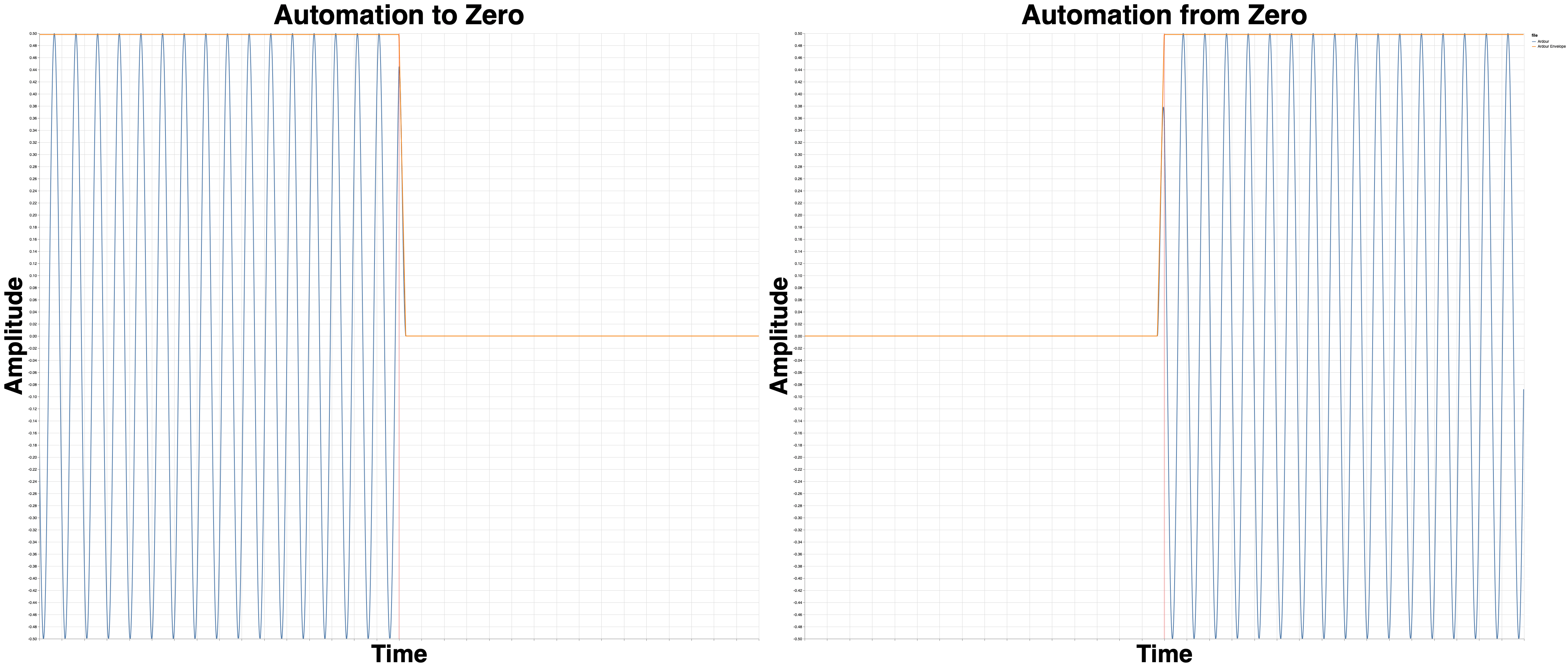Ardour 3 Vst Plugins
This is a tutorial on how to add, install and use plugins in Ardour using Linux. Plugins are highly valuable anytime you do audio mixing and mastering work. Example of plugins can be reverb, EQ, compressors, etc.
Unified processor list (plugins, sends, returns etc) Ardour has always allowed both pre- and post-fader plugins, sends, inserts, etc. But Ardour 3.0 now unifies their display into a single box, allowing you to trivially drag-n-drop plugins and other signal processors to any possible position. Ardour 6.5 brings support for VST3 plugins. That’s good news because it VST3 brings a number of improvements and the technology is fully supported by developer Steinberg, unlike older versions of.
Install Ardour first
This is tested to work in Ubuntu Lucid Lynx and Ardour 2.8.6. If you still have not installed Ardour, then follow the steps below:
1.) First, make sure your Ubuntu distribution is updated. In Ubuntu, go to System – Administration – Update manager, make sure it says “Your system is up to date”.
Is it possible to load Windows VST plugins in Ardour? I notice in my process list that there’s an ardourvst.exe. It’s not clear to me how to attempt this. If I can, or at least have the option of trying (I accept that at least some of them won’t work if this is possible), that’d be cool. In linux there are 3 kinds of plugins Ardour can use. LADSPA, LV2 (LADSPA version 2) or lxvst (VSTs compiled as native linux binaries). While it is possible with some strange magic to run Windows VSTs on linux, their whereabouts would follow the Windows info below.
2.) Install “jackd” first, these are low latency audio tools very useful for recording. Go to System—Administration–Synaptic Package Manager. In the newly released distribution of Linux, it does not anymore include Synaptic Manager. But there should be a tool for managing installed software. For example in Ubuntu, this is called Ubuntu Software manager.
0002643: VST instruments (VSTi) support: Description: Here is feature request for donations on VST instruments in Ardour 3. Actually I hope this feature will arrive in near future, cause as I understand, what need for basic VSTi support is: - Create bus (already there). Add VSTi plug-in. Hey there, I have recently been developing a VST plugin with JUCE and have come across an issue that I haven’t been able to find a solution to. Before the weekend I had Ardour and the plugin working fine, since then I have attempted to stabilise my audio subsystem and in the process uninstalled and reinstalled Ardour (not sure what the previous version was, sorry). Since the update Ardour.
Login using your root Linux password. Under quick search, type jackd
3.) Check “jackd” and then click “mark for installation” , there are other dependent packages to be installed so just click “Mark” as well. To install these packages, click “Apply” in the Synaptic package manager menu. If it ask “Apply the following changes”? Click Apply.
4.) If it ask enable jackd for realtime process priority? Check yes and click “Forward”. After installation it will be marked with green marks beside them. Make sure jackd, jackd-firewire, and qjackctl are green marks.
In the modern installation of Ardour particularly with the latest Ubuntu distributions, it will automatically configure for real time implementation of Jack. You simply need to press “Forward” to install.
But you can always confirm by going to Places—Computer—File System–etc–security–limits.d. Make sure there is a file there called “audio.conf” with the contents below:
@audio – rtprio 99
@audio – memlock unlimited
#@audio – nice -19
5.) You need to confirm that you have added your username to the @audio group. Go to System—Administration—Click “Manage Groups”. Click “audio” group under “Group settings”, then click “Properties”. Under “Group members”, check your Ubuntu username and click OK. Verify by entering your root Linux password. Then close all windows.
6.) Logout to your username and login again (not restart or reboot just click Logout).
7.) After logging back in, Go to Applications – Ubuntu Software – and in the search box , type “Ardour”. When you see “Ardour GTK2”, click “Install” then proceed by entering your Linux password to authenticate.
Ardour in Ubuntu software
8.) Try starting Jack first before starting Ardour. It is because Ardour depends on JACK. Enter the command in the terminal: qjackctl. For details, read this tutorial:
And then go to Step 4.c. There is a procedure there on how to start Jack without Xruns.
Ardour 3 Vst Plugins Download
9.) After installation, launch Ardour by going to Applications –Sound and Video– Ardour GTK2.
10.) Finally click “Start”. You are then ask to start a new session. Select “new session” tab.Type the name of the sesssion example, “sessiontest” . Then for convenience I saved the files to my Ubuntu desktop. Click “New”.
11.) The nice-looking Ardour digital audio workstation environment will then load up, ready to accept tracks for you to record, mix or even master.
